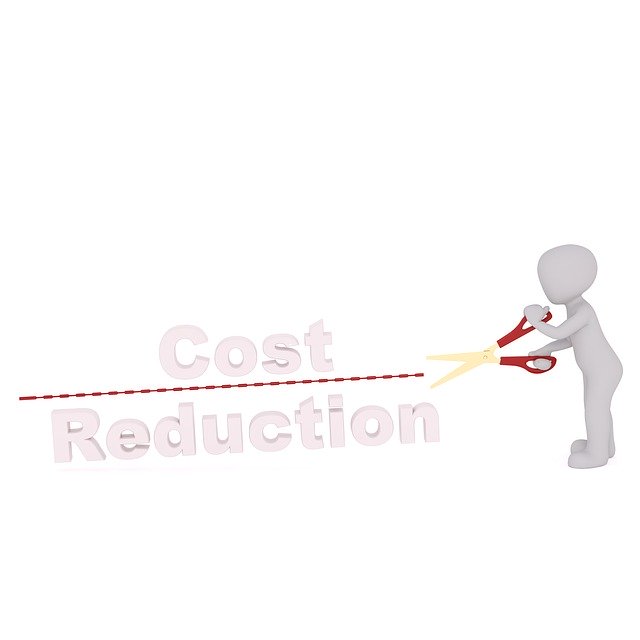
For the past decade, many businesses focused heavily on market share and assumed cost issues could be deferred until a certain scale or size was achieved. The ready availability of venture capital fed that mania, providing “cash burn” and many companies followed that model.
However, even in the chaotic world of startups and unicorns, that proposition is slowly running out of steam.
And—what about most of the world? What about businesses that aren’t trying to become the next Tesla, or Uber, or WeWork?
In particular, what about companies that are trying to make things to sell, and not simply trade on ideas?
Cost reduction is always important, no matter what. And there are great reasons why cost reduction should be a major part of any management plan. So, here are five solid factors that should motivate senior leaders to make cost management part of your budget every year.
1. Cost reduction can have a major impact on capital needs, particularly working capital
Working capital—receivables and inventory in particular—have the highest marginal cost of any capital on a balance sheet. Investors and lenders don’t like to put money into a company if that money will be used for receivables or inventory. There’s a simple reason—those items are not particularly good collateral. So, most of the cash (and cash really is king) used for inventory and receivables comes out of ownership’s equity. And the return on that equity isn’t very good. If ownership can’t get a better return than a credit line would offer, why should owners apply capital to this category of investment?
2. A continual focus on cost reduction can be a powerful competitive tool
If margins improve, there are two non-exclusive options that can be pursued to increase market share and drive future success. One is to lower prices to gain share; this choice can be problematic because a price war may result—and all competitors could suffer. The other is to use the increased margin to develop new products, products that, with the learning gained from previous cost reductions, will have still greater margins. These new products can then become the factor that increases market share and leverage for increase earnings.
3. Repetitive efforts to reduce cost are self-energizing
This means that past efforts provide organizational insights that not only drive future cost reductions, but also power improvements in new products and services. In addition, additional margin can be used to provide both employees and ownership greater rewards—which, if structured properly, can lead to still higher returns.
4. Continual cost reduction will put pressure on competitors
Some competitors, especially those that are just a cog in a larger conglomerate, may even exit your markets because parent companies are keenly tuned to levels of return on equity. This can give you yet another wedge to increase market share. You might even find an attractive acquisition opportunity if a competitor feels sufficient distress from cost pressures.
5. Cost reduction can be a significant contributor to sustainability objectives
Most organizations have a great deal of waste built into their product or process delivery systems, including wasted energy and materials. Eliminating these wastes almost always reduces costs—sometimes from fixed costs, sometimes from variable costs, and more than occasionally from both.
Of course, cost reduction processes don’t come without risk. And it takes time and effort to achieve. It’s a certainty that any effort to reduce cost will have associated risks. Being able to differentiate between “cost reduction for the sake of cost reduction” and coherent, balanced cost reduction efforts is critical.
But that’s another story for another day. Failure Modes & Effects Analysis is a powerful tool that can be applied to manage risk that is inevitable when reducing costs.

